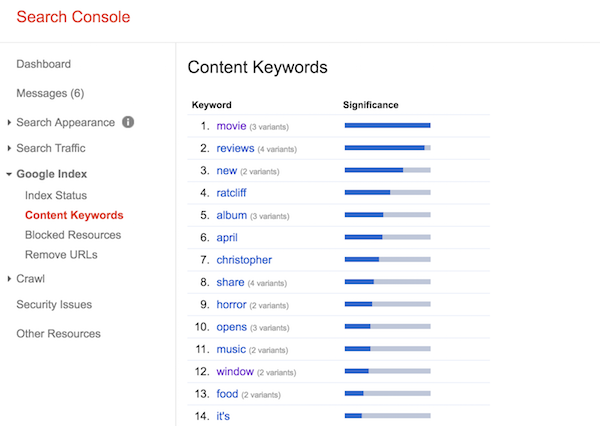Search engines continue to adjust algorithms to better match how consumers actually conduct their searches. How should this affect our optimization efforts?
Consumers aren’t born in a vacuum, nor do they live in one. They’re inundated with a brand’s messages, ideas, discussions, and controversy across all of their digital and offline encounters.
As businesses and marketers, we must not only educate novice buyers on the benefits of a product, but also engage educated potential customers who already have some knowledge of their choices and are making final decisions between products.
Identify consumer needs
The first step in this process is identifying the needs of the consumer at each of the stages where they’ll be searching for products.
What drives their curiosity? What is creating their need? A strategic response to this question can be pursued in several different ways.
A good way to begin is surveying your website visitors.
Onsite surveys can be a powerful way to gain an understanding of customers and what information they’re after. Think of engaging ways to talk to your audience in this way, putting them on their journey to being a customer.

Customer tracking
You may have already started tracking visitor activities in your analytics platform – analytics that you can tie to a stage in your customer’s lifecycle.
In the B2B sector, this can mean a visitor downloading a whitepaper that gives some entry-level explanation of your product category, or, on the B2C side, could include a customer adding a specific product to his shopping cart on your website but not completing the purchase.
These are all opportunities to re-engage audiences by understanding how they arrived at their current stage.
The next step is employing a marketing automation system that helps communicate with customers throughout their journey. Revising and fine-tuning this system can pay extensive dividends. Take the time to review your customer touchpoints and make sure customers at every leg of the journey are getting the information they need at that stage.
Competitor analysis
You should also take time to understand your competitors’ offerings, how they are presented, and decipher how they are interpreting the customer journey.
Through awareness and insight into your competitors, you can really recognize communication opportunities for those educated consumers that have a keen understanding of the marketplace.
From there, you can offer them valuable resources that may not be available anywhere else.
Content and the customer journey
So you now have all of these data points, and can identify needs and curiosities across your customer journey – how does that play into a search engine optimization strategy?
The next phase is evaluating your content and aligning it to the customer journey. This should uncover any gaps in your content where adding helpful resources will likely prove beneficial to your consumers.
Are there pieces of content that would make your customers’ decision process quicker or smoother? These resources may provide value simply by giving your customers more assurance that they are making the right decision (remember that competitor analysis you did?).
With content gaps identified, is there a variation of that content theme that prospective buyers are searching for more than something else? This is where you start your keyword research.

As you are working through that keyword research, though, always keep customer intent in mind. Just because a keyword has a high search volume and low competition does not necessarily mean that the related content is right for your audience.
Don’t be afraid to test content and get feedback from your customers (and even from your potential customers). Understanding how your audience uses and digests your content will help inform the shape that your future content should take.
Use your analytics to continually gauge the effectiveness of your content. Try changing up headlines, where the links to content pieces are located, and which pieces of content get priority placement on the page.
All of these tests can expose those hidden gems of design wisdom that make your site the resource your potential and existing customers turn to when they need answers.
The bottom line
You need to really get to know how your customers think, develop content that they need across their entire journey, and test to see what works best at each stage.
Your success will come not only from customers that experience satisfying visits to your site, but also from delivering better experiences for potentially your most influential site visitors of all – the search engines.
Kevin Gamache is Senior Search Strategist at Wire Stone, an independent digital marketing agency.
The article Adopting a consumer mindset for your SEO strategy was first seen from https://searchenginewatch.com
No comments:
Post a Comment